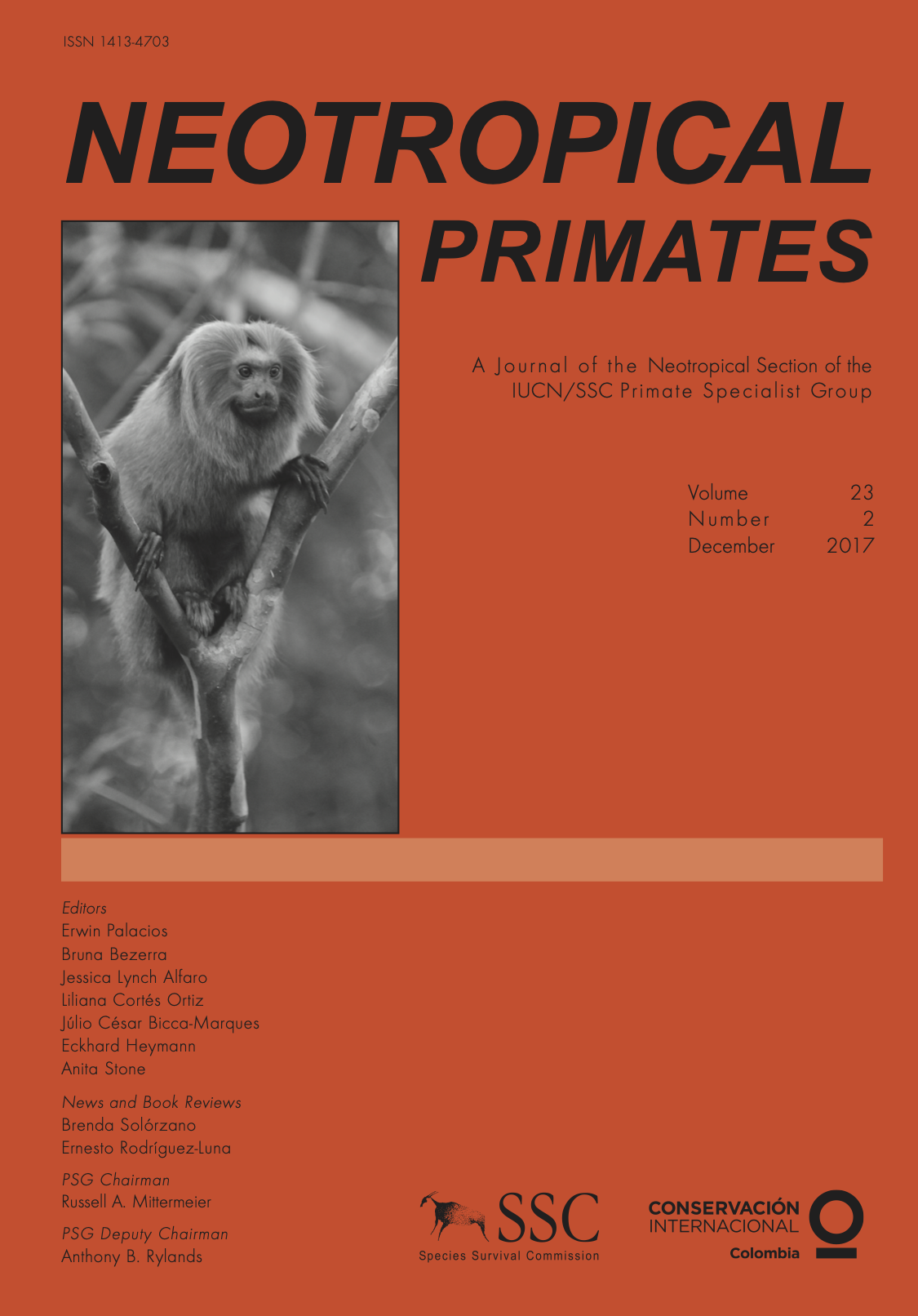Age-related differences in palm-fruit handling and feeding durations in Cebus capucinus on the Osa Peninsula, Costa Rica
DOI:
https://doi.org/10.62015/np.2017.v23.121Keywords:
Needing to learn, Cebus capucinus, juvenile, Attalea, capuchin monkeysAbstract
Capuchin monkeys are well known for their large brains and a protracted juvenile period. According with one formulation of the needing-to-learn hypothesis for the evolution of extended juvenile periods, longer juvenility may be necessary for acquiring behaviors needed to exploit hidden or well-protected foods. I tested predictions of this hypothesis against observational data on the behavior of free-ranging Cebus capucinus at Piro Biological Station on the Osa Peninsula, Costa Rica. Small juveniles (ca. 1-3 years) appeared unable to follow the adult technique for processing the palm fruits of Attalea butyracea (Arecaceae), and large juveniles (ca. 3-5 years) spent significantly more time processing each fruit than did adult males and females. Furthermore, according to a ratio of feeding time to processing time, large juveniles were significantly less efficient than monkeys of both adult sexes in their foraging technique on this substrate. These findings show limited support for a foraging-focused formulation of the needing-to-learn hypothesis because they do not rule out alternative hypotheses, both ultimate and proximate, that would predict the same result.

Downloads
Published
Issue
Section
License

This work is licensed under a Creative Commons Attribution-NonCommercial-ShareAlike 4.0 International License.


